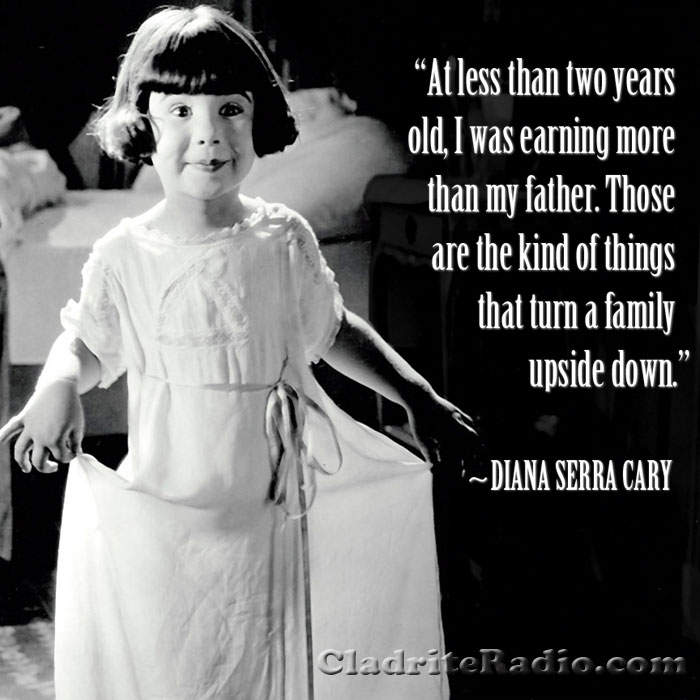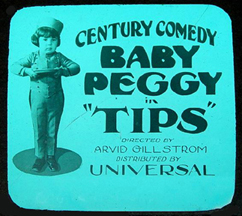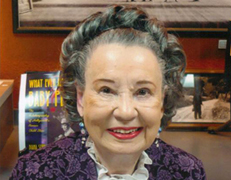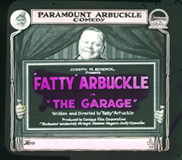Here are 10 things you should know about Diana Serra Cary, who as Baby Peggy was one of Hollywood’s biggest stars of the early 1920s. Ms. Cary passed away today at the age of 101.
We had the pleasure of meeting Ms. Cary briefly some years back and founder her a lovely, warm person. May she rest in peace.







